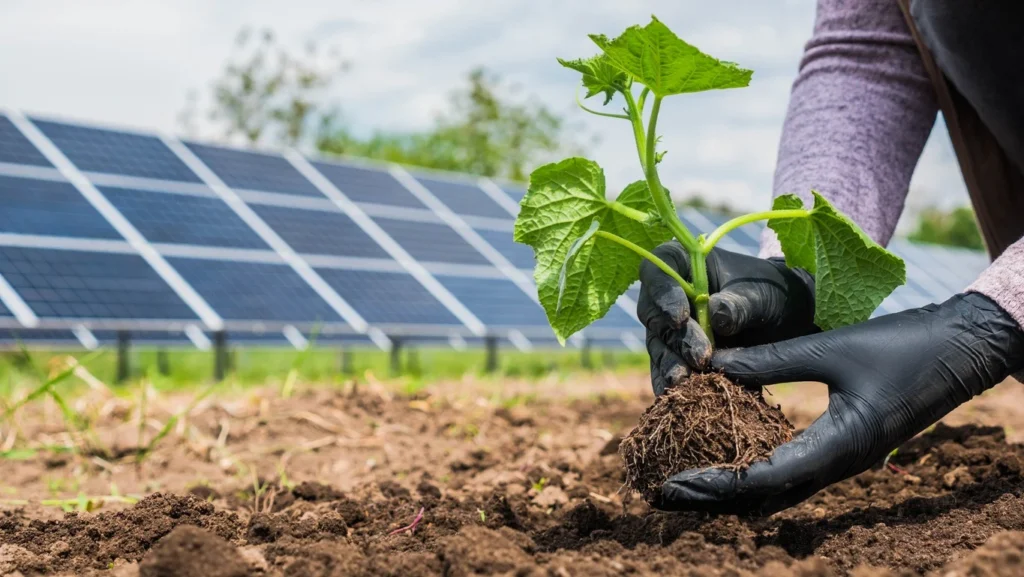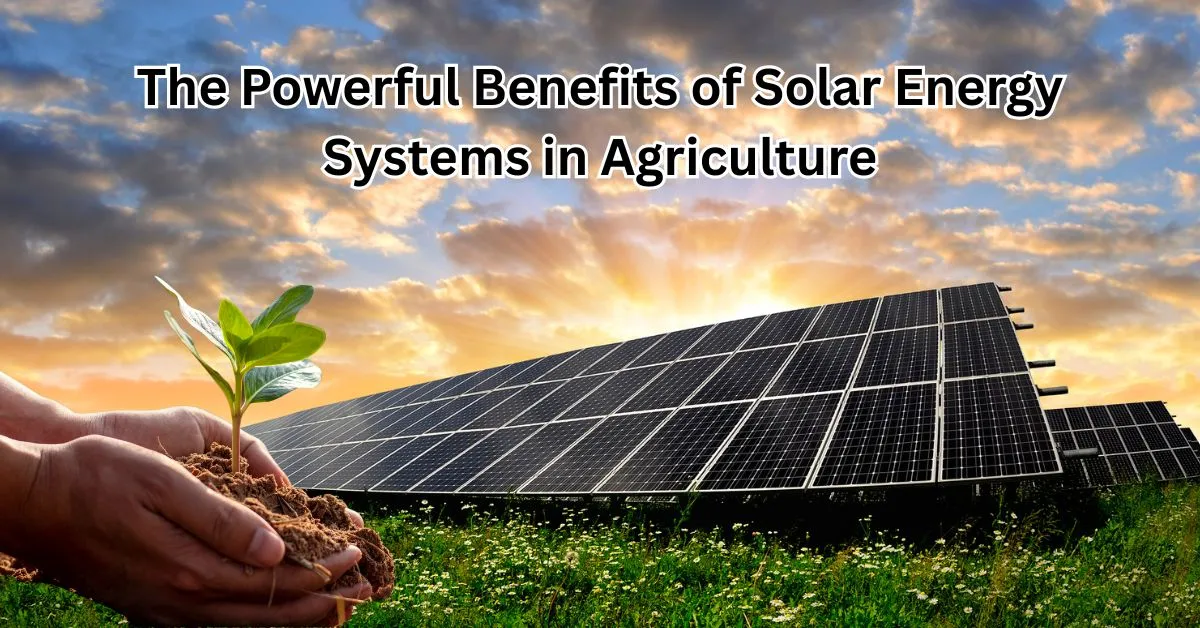The Powerful Benefits of Solar Energy Systems in Agriculture
In today’s farming world, staying profitable and sustainable is more challenging than ever. Rising energy costs, unpredictable weather, and the push for eco-friendly practices all put pressure on farmers. One powerful solution? Solar energy systems. By tapping into the sun’s free, renewable power, farms can slash energy bills, improve operations, and reduce their carbon footprint—all while securing long-term resilience.
Let’s break down exactly how solar energy is transforming agriculture and why now is the perfect time to consider making the switch.
What Is Solar Energy in Agriculture?
At its core, solar energy in agriculture means using sunlight to power essential farm activities. This goes far beyond just putting solar panels on rooftops. Farmers are now using:
✅ Solar irrigation systems to pump water efficiently
✅ Solar-powered greenhouses to maintain stable growing conditions
✅ Solar crop dryers to reduce post-harvest losses
✅ Solar livestock waterers for reliable off-grid hydration
There’s even agrivoltaics, where farmers combine solar panels with crops on the same land, maximizing both food and energy production.

Top Financial Benefits for Farmers
One of the biggest reasons farmers turn to solar? Money savings. Here’s how:
- Lower energy bills: Replace expensive grid electricity with free solar power.
- Stable long-term costs: Avoid rising fuel prices and unpredictable energy markets.
- Incentives and tax credits: Many regions offer financial support for solar installations, cutting upfront costs.
Environmental & Sustainability Gains
Besides financial perks, renewable energy farming supports sustainability goals. Solar energy:
- Reduces greenhouse gas emissions by replacing fossil fuels.
- Conserves water through energy-efficient irrigation.
- Protects land health when combined with agrivoltaics, as crops benefit from partial shade.
Practical Applications on the Farm
Farmers often wonder, “Where can I start with solar?” Here are some top-use cases:
- Solar-powered irrigation: Pump water for crops even in remote, off-grid areas.
- Greenhouse heating & lighting: Keep plants thriving with minimal energy costs.
- Grain and crop drying: Speed up drying times without relying on costly gas or electricity.
- Livestock water systems: Provide reliable water access across large pastures.
Starting small—such as with a solar greenhouse heater or solar water pump—allows farmers to test the benefits before scaling up.
Overcoming Common Challenges
While solar offers many benefits, farmers need to consider potential challenges:
- High upfront investment: Though prices are falling, large solar systems still require significant initial capital.
- System maintenance: Panels need regular cleaning and occasional repairs to stay efficient.
- Choosing the right installer: Working with reputable, experienced providers ensures the system is properly designed and installed.
Conclusion
Solar energy systems are no longer just a trendy idea—they’re becoming a must-have for farms looking to stay competitive, sustainable, and profitable. From cutting electricity costs to improving environmental impact, the benefits are clear.
👉 Ready to take the next step? Explore top-rated solar solutions designed for farms and see how much you could save. Use our free comparison tool to get customized recommendations and connect with trusted local installers.







